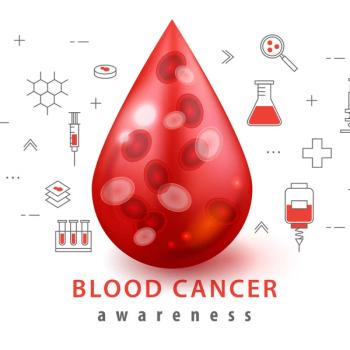
Primed and ready’: How one fast-acting type of white blood cell fights off infection in infants

A new Yale study helps explain why babies respond differently to infections than adults.
From the moment they’re born, newborns — or, specifically, their immune systems — must learn to fight germs without harming their own tissues.
In a new study, Yale researchers found that one type of immune cell in newborns — a white blood cell known as a CD8+ T cell (or a cytotoxic T cell) — is “primed and ready” to fight. Within hours of sensing a threat, researchers say, these cells activate and mount a strong, albeit short-lived, defense.
The findings, they suggest, may offer critical insights toward developing new therapies or vaccines for infants.
“These findings help explain why babies respond differently to infections than adults,” said Nina Brodsky, assistant professor of pediatrics at Yale School of Medicine (YSM), pediatric critical care physician, and first author of the study. “By understanding how their immune system is programmed, we may be able to better predict — and eventually prevent — severe illnesses in infants, such as dangerous inflammatory responses to viruses.”
The results are
CD8+ T cells are critical for fighting viruses and cancer. But while there’s a lot known about how they work in adults, the role they play in newborns and infants has been less clear.
For newborns, the moment of birth marks a dramatic shift, as they move from a sterile womb to an environment full of microbes. Their immune systems must quickly learn to fight infections while avoiding excessive inflammation that could damage their developing organs. But how that balance is achieved — and why it sometimes fails — remains poorly understood.
For the new study, the researchers used blood from healthy young adults, ages 18 to 30, and from newborns, specifically cord blood collected during healthy full-term C-section deliveries.
The researchers isolated naïve CD8+ T cells (immune cells that haven’t yet participated in an immune response) for detailed testing of their metabolism, function, and features. They used techniques like transcriptomics to study which genes are active, flow cytometry to examine protein expression and cell characteristics, and metabolic testing to determine how the cells utilize energy. They also reanalyzed existing single-cell RNA sequencing data from fetal, neonatal, and infant naïve CD8 T cells to compare with their findings.
Through these tests, the researchers discovered that CD8+ T cells, even at this early stage, are poised to fight infections in newborns. Within hours of sensing a threat, these cells switch on and use extra glycolytic energy and release powerful defenders like TNFα, a chemical messenger that induces inflammation. They also found that many of the CD8+ T cells die off after their initial burst, likely to prevent ongoing inflammation that could damage a newborn’s organs.
“This unique balance of speed and self-limitation, guided by specific genetic regulators, continues into infancy and may help neonates and infants fight infections while avoiding harmful inflammation during this vulnerable stage of life,” Brodsky said.
These findings suggest that babies are equipped with immune cells designed for both rapid protection and keeping the response in check. Ultimately, researchers say, this could guide new therapies or vaccines designed for early life.
“Early life is a critical window for immune development,” Brodsky said. “By showing that these newborn immune cells are not weak or underdeveloped, but instead programmed for rapid but balanced responses, our study helps to reshape how we think about the infant immune system. This perspective may open doors to new strategies for protecting babies from infections worldwide.”
For the researchers, the next steps include exploring how early-life immunity changes over the first several years of life and what happens when things go wrong. Specifically, they want to study infants who develop severe viral infections or inflammatory complications to understand the response of their CD8+ T cells.
Other YSM authors include Carrie Lucas, associate professor of immunobiology; Liza Konnikova, associate professor in pediatrics, immunobiology, and obstetrics, gynecology, and reproductive sciences; and Oluwabunmi (Bunmi) Olaloye, assistant professor of pediatrics.
This study was supported by grants from the National Institute of Allergy and Infectious Diseases, the Hartwell Foundation, the Binational Science Foundation, the Cystic Fibrosis Foundation, the National Institute of General Medical Sciences, the Paul and Daisy Soros Fellowship, and the National Institute of Diabetes and Digestive and Kidney Diseases.
Newsletter
Access practical, evidence-based guidance to support better care for our youngest patients. Join our email list for the latest clinical updates.










